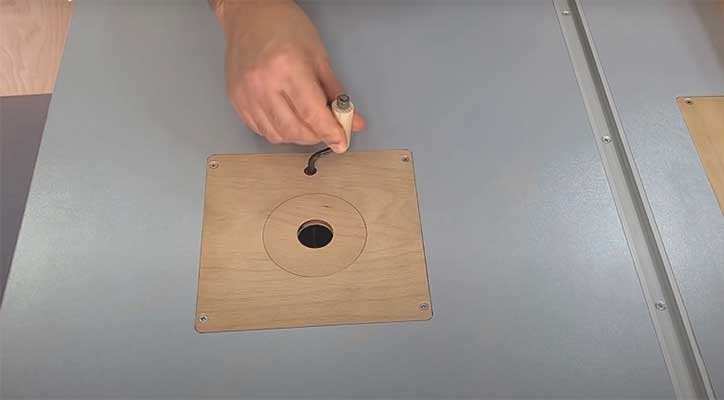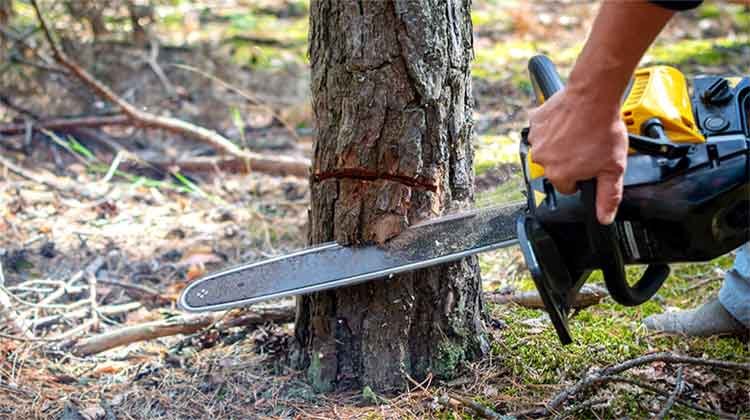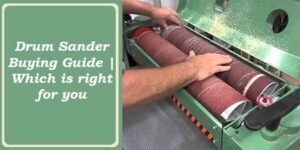How To Remove Spray Adhesive – Fast & Easily
Spray adhesives are often used as a more handy, easier to manage alternative to traditional glue. It spreads more evenly in controlled amounts and can be used for projects in your boat or home. So, what are the ways on how to remove spray adhesive from different surfaces without damaging them? Keep reading to find out more!
Spray adhesives are great for crafting, basting sailcloth, attaching carpets to wooden boards, gluing together foam and batting, and many more purposes. However, they can also get very messy and tend to spread on other surfaces where you don’t want them to.
Materials You’ll Need:
Various methods require different materials to remove spray adhesives. To do the tips, tricks, and techniques discussed in this article, you may need the following:
Solvents To Dissolve And Soften The Adhesive. Examples Are:
- Isopropyl alcohol
- Turpentine
- Acetone
- Citrus-based removers
- Mineral Spirits
- Multipurpose cleaners or removers
- Adhesive removers
- Special commercial removers manufactured to specifically remove certain spray adhesive products
Clean, dry cloth rags for soaking removers or solvents, and wiping or rubbing off residue.
Something to scrape off the adhesive residues or particles such as a chisel, razor, clay bar, or a paint scraper.
5 Tips For Remove Spray Adhesive
Again, several techniques and methods can be applied to remove spray adhesive. Some of the most effective ones are as follows:
1. Using Solvents on a Piece of Cloth
Solvents like citrus-based removers, acetone, and mineral spirits can be used to remove dried or old spray adhesives from finished or unfinished surfaces. However, if used on finished surfaces, you have to be prepared for refinishing.
Steps:
- Pour some of your choice of solvent onto a clean piece of cloth or rag.
- Apply the soaked piece of cloth or rag onto the layer of glue, the surface, or the object from which you want the glue removed.
- Let it sit and wait for about 10 to 15 minutes or so to allow the glue to soften up. Most of the time, waiting longer will make the glue easier to remove and scrape off. However, this also increased the chances of damaging the surface.
- Once you think that the glue is ready to come off, use a scraper or a different dry piece of cloth to remove or rub it off.
- For relatively new layers or small amounts of glue, you can just soak the rag with the solvent and use it to wipe the surface.
Watch this short video for a demonstration of this method
Nail polish remover or diluted acetone is weaker, more gentle, and less damaging on most finished surfaces than pure acetone or other chemical solvents like paint thinner.
It can be used to remove stubborn glue stains and is more widely available. You might even already have it at home.
Remember that some solvents can also dissolve and remove paint or cause damage to some surfaces like finished wood or cars. So, make sure to do a bit of research on which solvents will work best or will be safe to use for the intended surface.
If you have the chance, it’s also better to remove overspray before it completely settles, dries, or cures to minimize damage and treatment time.
2. Using Isopropyl alcohol
Isopropyl alcohol also works well in removing spray adhesive from plastic, laminate surfaces, metals, and other finished surfaces.
However, it is recommended to do a patch test first on a concealed area before applying on a visible portion since it can sometimes cause damage or discoloration.
Steps:
- Pour some isopropyl alcohol on a dry, clean piece of cloth or rag.
- Use this soaked rag to rub over the affected area.
- The adhesive should soften and begin to come off immediately.
Note, however, that although this trick is fast and easy, it is not suitable for all types of surfaces. Alcohol can damage the finish on painted surfaces or wood. Make sure to read labels and check the instructions on the container first before application.
3. Using a Clay Bar
Clay works incredibly great in removing spray adhesive from smooth finished surfaces particularly metals. It causes very little to no scratches or abrasions so that it won’t damage the finish.
Steps:
- Swab the surface with a clay bar such as the ones used in auto detailing.
- Run the clay bar over the area where you want to remove spray adhesive. Do this as though you are polishing it. This should remove the adhesive while also picking up the residues.
4. Multipurpose Cleaners or Stain Removers
This type of remover is generally safer to use and apply. There are also many brands to choose from. You can purchase these from supermarkets, home improvement centers, or hardware stores. These can be used on a wide variety of surfaces including those found naturally, in the household, on boats, and other industrial surfaces.
Steps:
- Choose a product that can be applied safely to the intended surface.
- Read the instructions on how to use and apply the product on the labels printed on the container or bottle. Some will require you to put the product on a piece of cloth first while others need to be poured directly on the surface or glue stain.
- Do as the instructions say and apply the appropriate amount of remover. Let the glue soak the remover if needed. It should come right off easily.
- Use a rag or a microfiber cloth to remove and further loosen or lift away the spray glue.
- Reapply and repeat the process if necessary.
5. Manufacturer-recommended Remover or Method
Many spray adhesive manufacturers also produce products that are specifically intended to neutralize and remove their adhesives.
Check and read the labels and fine print on the spray can or bottle or just visit the manufacturer’s official website. There may be a custom-made removal product for your problem.
6. Mechanical Scraping
When all of these other alternative techniques fail to remove stubborn old, dried spray adhesive, just rub and scrape the affected area vigorously. You can use a scraper, sandpaper, or razor to do this if the surface is already damaged enough that you will need to refinish it anyway.
If you want to preserve the finish under the spray glue, a plastic scraper is less damaging.
Some Tips on Removing Spray Adhesive
- Test your solvents first on small sacrificial pieces or inconspicuous areas before applying on larger surfaces or pieces that you’d prefer not to damage.
- Prevent overspray and reduce cleanup time by covering surfaces with some painter’s tape or newspaper before spraying adhesive.
- Use cooking oil, vegetable oil, or baby oil to remove spray adhesive from your hands then wash with soap and water.
- Furniture polish can remove spray adhesive from pieces of furniture.
- Remove pieces of glue from carpets and fabrics using masking tape before using a solvent-dampened cloth to wipe off whatever remains. (Check out this video on how to remove glue stains from boat carpeting.)
Conclusion:
By following the tips and tricks mentioned here, you can avoid damaging important pieces and wasting your time and hard work.
So, was this article on how to remove spray adhesive helpful to you? If so, do share it with your family and friends! Feel free to leave your comments, questions or suggestions below as well!








Post Comment